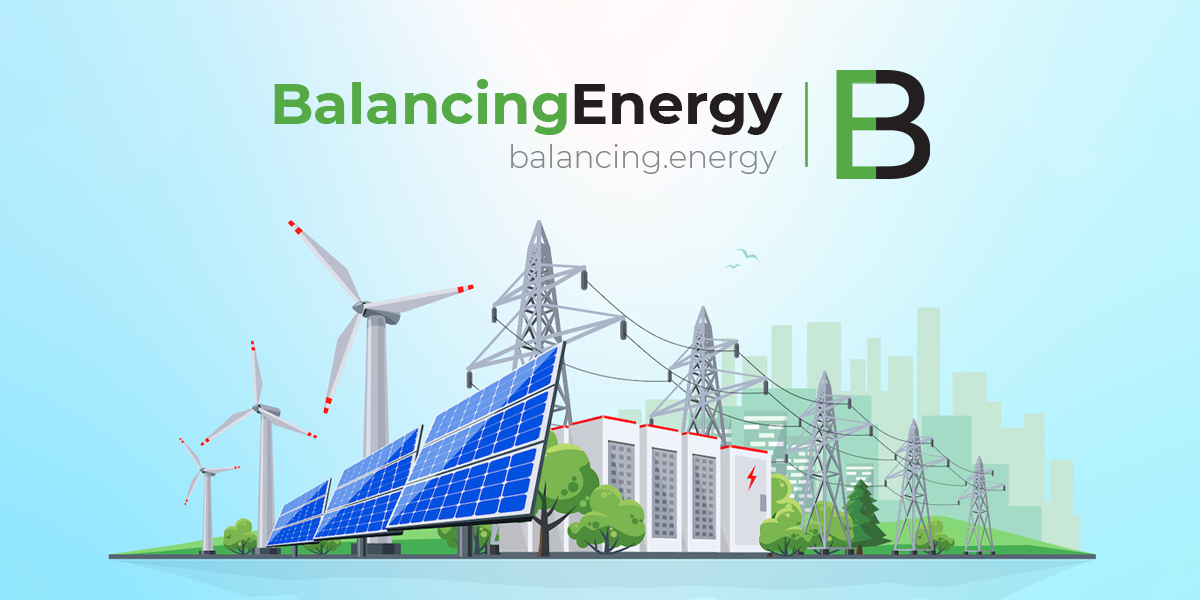Serbia is working on ways of strengthening its banks against potential contagion from the euro-area’s debt crisis, a Finance Ministry official said.
One of four options being studied by the government may involve at much as 1 billion euros ($1.35 billion) in new domestic debt for the industry, Deputy Finance Minister Goran Radosavljevic said in an interview.
“We are working on a new model these days related to the banking industry and worth between half a billion euros and 1 billion euros, and we hope these securities will be marketable,” Radosavljevic said today, without elaborating. “This does not mean the government will issue a bond worth 1 billion euros, it only means that we will have a mechanism in place if the need arises.”
Twenty-one of Serbia’s 33 banks are owned by lenders based in the European Union and they together held 71 percent of the total assets of about 5 billion euros at the end of June, according to the central bank’s quarterly report.
The new strategy is likely to be adopted by the end of 2011, the official said.
Banks in Serbia are liquid and well-provisioned, the International Monetary Fund’s senior regional representative for central Europe, Mark Allen, said yesterday after his team completed a two-week review of Serbian policies. The quarterly monitoring, the first of six to be conducted under an 18-month precautionary loan program worth $1.48 billion, also focused on banks.
Savings deposits rose more than 120 million euros to more than 7.6 billion euros in the first week of November, a time when banks traditionally offer higher interest rates to woo new deposits on the occasion of International Savings Day, according to central bank data.











